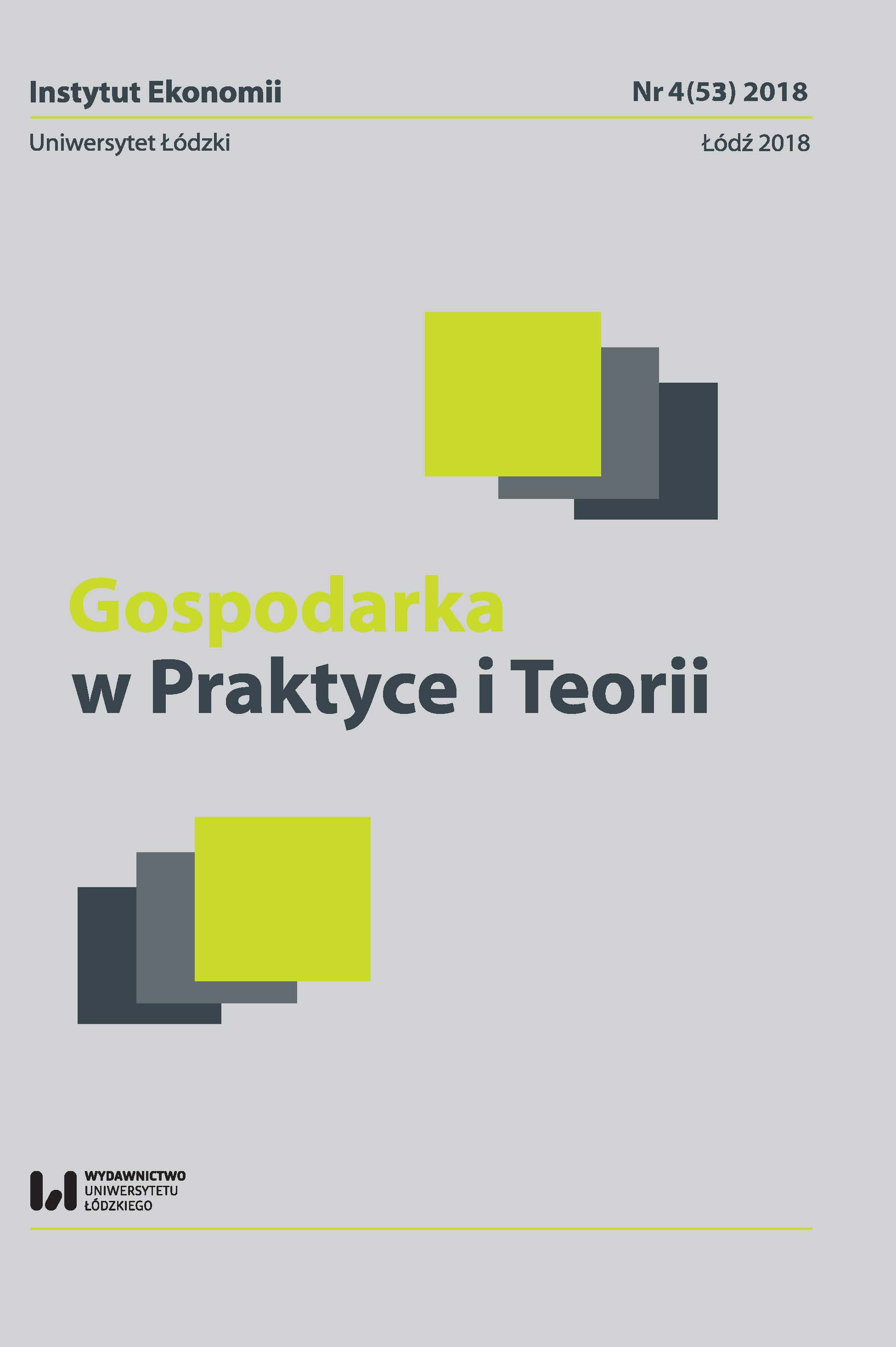Application of the Substance Flow Analysis for the Assessment of Heavy Metal Pollution of Water in Poland
DOI:
https://doi.org/10.18778/1429-3730.53.08Keywords:
substance flow analysis, heavy metals, air, water, PolandAbstract
The substance flow analysis is a useful tool of the environmental policy. The application of this method allows identifying the main sources of mercury and lead emissions to the environment. It makes it possible to show the most effective and the most cost-effective emission reduction methods. Heavy metals are one of the most hazardous contaminants for humans and the natural environment. The largest emission of mercury to the environment comes from the production of electricity and heat from hard coal and lignite. A significant mercury load is recovered or sent to landfills for hazardous waste as a result of the use of mercury-containing products and from dental practice. It would be advisable to prohibit the use of amalgam fillings to reduce the pressure on the aquatic environment instead of additional burdens for the energy sector. The largest lead emission to the air and water comes from the ferrous and non-ferrous metals industries. The electricity and heat generation is not as important in terms of lead emission as in the case of mercury emission.
References
BIO, Study on the Potential for Reducing Mercury Pollution from Dental Amalgam and Batteries, Raport końcowy przygotowany dla Komisji Europejskiej – DG ENV, BIO Intelligence Service, Paris 2012.
Google Scholar
EC, EU Energy in Figures. Statistical Pocketbook 2018, European Commission, Luxembourg 2018.
Google Scholar
EEA, European Pollutant Release and Transfer Register, European Environmental Agency, https://prtr.eea.europa.eu/#/home dostęp: 31.12.2018
Google Scholar
GIOŚ, Raport o funkcjonowaniu gospodarki bateriami i akumulatorami oraz zużytymi bateriami i zużytymi akumulatorami za rok 2016, Główny Inspektor Ochrony Środowiska, Warszawa 2017.
Google Scholar
GIOŚ, Raport o funkcjonowaniu systemu gospodarki zużytym sprzętem elektrycznym i elektronicznym w 2016 roku, Główny Inspektor Ochrony Środowiska, Warszawa 2017.
Google Scholar
GUS, Ochrona środowiska 2018, Główny Urząd Statystyczny, Warszawa 2018.
Google Scholar
IETU, COHIBA Work Package 4. Summary Report Poland, Instytut Ekologii Terenów Uprzemysłowionych, Katowice 2011.
Google Scholar
KOBiZE, Krajowy bilans emisji SO2, NOX, CO, NH3, NMLZO, pyłów, metali ciężkich i TZO za lata... w układzie klasyfikacji SNAP. Raport syntetyczny, Krajowy Ośrodek Bilansowania i Zarządzania Emisjami, Warszawa 2015, 2016, 2017, 2018.
Google Scholar
KOBiZE, Poland’s Informative Inventory Report 2018, Krajowy Ośrodek Bilansowania i Zarządzania Emisjami, Warszawa 2018.
Google Scholar
Maxson P., Mercury Flows and Safe Storage of Surplus Mercury, Report by Concorde East/West Sprl for DG Environment of the European Commission, Brussels 2006.
Google Scholar
Panasiuk D., Analiza przepływu substancji (SFA) jako narzędzie do identyfikacji głównych problemów zanieczyszczenia rtęcią w Polsce, [w:] Rtęć w środowisku – identyfikacja zagrożeń dla zdrowia człowieka, red. L. Falkowska, Uniwersytet Gdański, Gdańsk 2016, s. 129–133.
Google Scholar
Panasiuk D., Założenia scenariuszy emisji rtęci do powietrza do roku 2020, [w:] Rtęć w środowisku – identyfikacja zagrożeń dla zdrowia człowieka, red. L. Falkowska, Uniwersytet Gdański, Gdańsk 2013, s. 11–17.
Google Scholar
Panasiuk D., Głodek A., Substance Flow Analysis for Mercury Emission in Poland, „E3S Web of Conferences” 2013, No. 1, s. 38001.
Google Scholar
Panasiuk D., Kędzierska N., Antonowicz J.M., Substance Flow Analysis for Lead in Poland for Year 2016, [w:] V-th International Extramural Scientifi c-practical Conference “Current Issues of Biological Science”: Book of Articles, red. Davitashvili M. i in. [w druku].
Google Scholar
Panasiuk D., Pacyna J.M., Głodek A., Pacyna E.G., Sebesta L., Rutkowski T., Określenie poziomu kosztów i korzyści wdrożenia strategii redukcji emisji rtęci, Raport dla GIOŚ, etap II, NILU Polska Sp. z o.o., Katowice 2010.
Google Scholar
Panasiuk D., Pacyna J.M., Głodek A., Pacyna E.G., Sebesta L., Rutkowski T., Szacowanie kosztów zanieczyszczenia rtęcią dla scenariusza status-quo, Raport dla GIOŚ, etap I, NILU Polska Sp. z o.o., Katowice 2009.
Google Scholar
Sundseth K., Pacyna J.M., Pacyna E.G., Panasiuk D., Substance Flow Analysis of Mercury Affecting Water Quality in the European Union, „Water Air and Soil Pollution” 2012, Vol. 223, s. 429–442.
Google Scholar
Downloads
Published
How to Cite
Issue
Section
License

This work is licensed under a Creative Commons Attribution-NonCommercial-NoDerivatives 4.0 International License.








